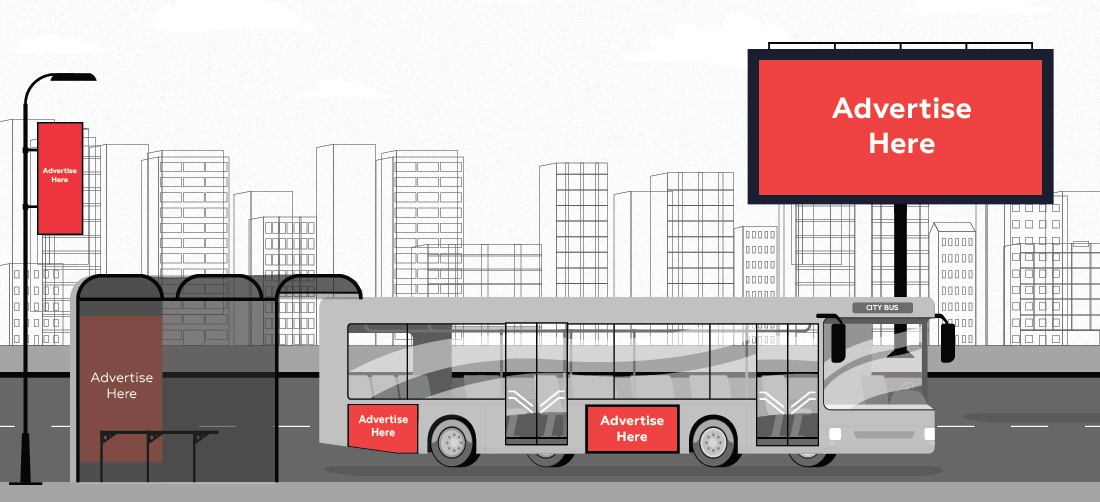Table Of Content
- 1. Introduction to Transit Advertising
- 2. Historical Overview of Transit Advertising
- 3. The Modern Era of Transit Advertising
- 4. Sustainability in Transit Advertising
- 5. Benefits of Transit Advertising for Brands
- 6. Challenges in Transit Advertising and How to Handle Them
- 7. What’s Next for Transit Advertising?
- 8. Conclusion: Why Transit Advertising Still Works
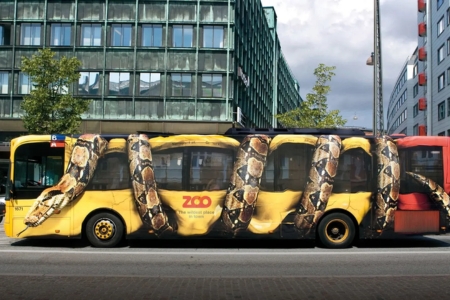
You're sitting in traffic, and a bus passes by with a giant ad for a new smartphone. Or you're waiting for a train, and a digital screen near you flashes an ad for a streaming service. Whether you realize it or not, transit advertising is everywhere, turning everyday commutes into opportunities for brands to connect with people.
With millions using public transportation daily, transit advertising has become a smart way for businesses to stay in front of customers. It grabs attention, sticks in people’s minds, and reaches a wide audience without interruption. But how did it start, and where is it going? Let’s take a look.
Introduction to Transit Advertising
Transit advertising is any form of marketing placed on public transportation or in transit spaces. It’s a way for businesses to reach people while they’re on the move. This includes ads on buses, trains, taxis, and inside stations. Since many commuters spend a good part of their day traveling, transit advertising gives brands a chance to get noticed repeatedly.
What is Transit Advertising?
Transit advertising appears in different ways, such as:
- Bus Advertising – In Bus advertising there are large posters on the sides of buses, full bus wraps, or digital screens inside.
- Train and subway ads – Posters inside train cars, platform billboards, or digital screens.
- Taxi ads & Auto Hood Advertising – Signs on taxi rooftops, full-car wraps, or rear window ads.
- Airport and station ads – Large wall displays, floor stickers, and interactive digital screens.
Unlike online ads that can be skipped, transit advertising stays in public view, making it hard to ignore.
The Role of Commuter Advertising in Modern Marketing
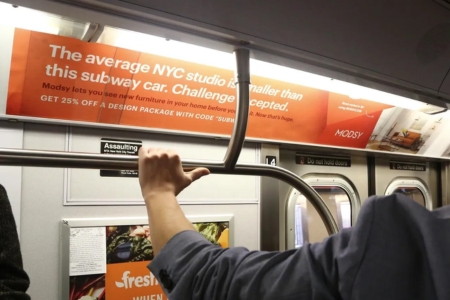
People spend hours commuting every week, and during that time, they see commuter advertising multiple times. This helps brands stay fresh in people’s minds.
- Big audience – Thousands see the same ad daily.
- Longer exposure – Commuters often look at ads while waiting for buses or trains.
- It reaches all kinds of people – Office workers, students, tourists, and locals- who all use public transport.
By showing up in places where people already spend time, commuter advertising keeps brands visible and memorable.
Historical Overview of Transit Advertising
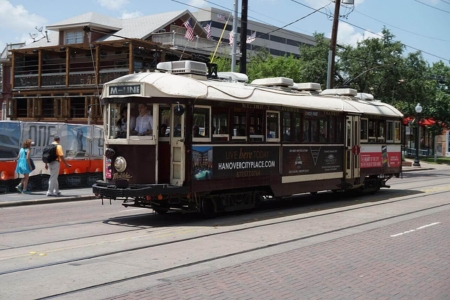
Transit advertising has been around for over a century, changing with the times to stay effective.
From Traditional Billboards to Transit Ads
It started with businesses putting simple posters on horse-drawn carriages. As transportation changed, so did transit advertising:
- 1900s – Ads appeared on streetcars.
- 1920s-1950s – More businesses placed ads on buses and trains.
- 1960s-1980s – Full bus wraps and subway ads became common.
- 1990s-2000s – Digital signs and lit-up billboards arrived.
- 2010s-Present – Interactive screens, real-time updates, and data-driven ads took over.
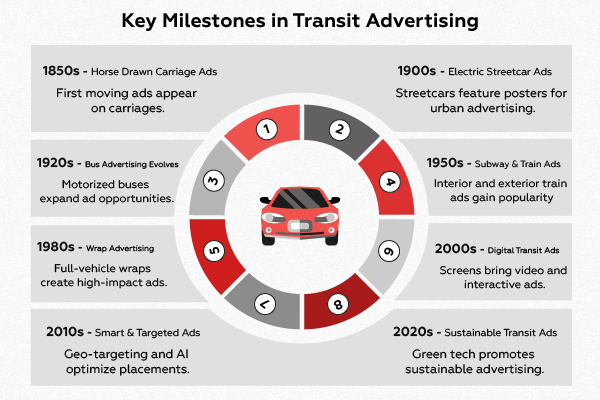
The Modern Era of Transit Advertising
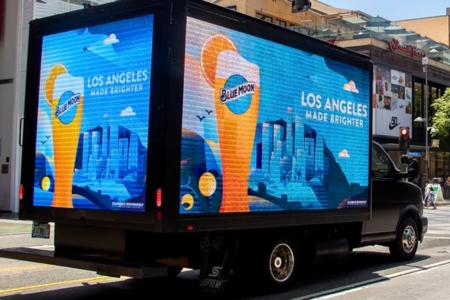
Transit advertising has changed to match how people travel and how businesses reach customers.
Integration of Digital Technology
New technology has made transit advertising smarter and more engaging. Some major updates include:
- Screens that update in real-time – Ads change based on time of day or commuter traffic.
- Location-based ads – Certain ads only appear in specific areas.
- Interactive screens – People can tap screens for more information or scan QR codes.
This makes transit advertising more useful for both businesses and commuters.
Personalized Advertising for Commuters
Thanks to better data, brands can now target certain groups of people. For example:
- Coffee brands show morning ads at bus stops near office buildings.
- Travel companies promote vacation deals in train stations on weekends.
- Streaming services advertise new shows during evening commutes.
By understanding when and where to reach people, brands can make ads more relevant.
Case Studies of Successful Outdoor Advertising Campaigns
Some companies have used transit advertising in creative ways:
- Spotify’s Subway Ads – Showed funny playlist names that matched different commuter moods.
- Netflix’s Train Wraps – Turned subway cars into scenes from their latest shows.
- McDonald’s Bus Stop Ads – Used interactive digital displays to promote new menu items.
These ads worked because they were creative, well-placed, and hard to miss.
Sustainability in Transit Advertising
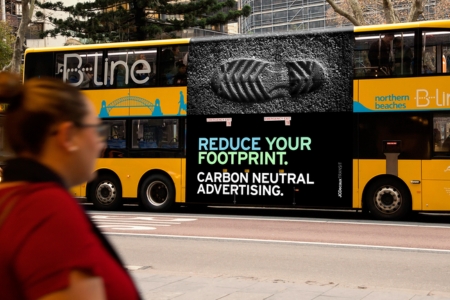
As businesses focus more on the environment, sustainable advertising is becoming more common in transit advertising.
Transition to Sustainable Advertising Practices
- Recyclable materials – Many companies now use eco-friendly vinyl for wraps.
- Energy-saving digital signs – LED and solar-powered screens cut down on electricity use.
- Paperless ads – More brands are shifting to digital-only campaigns.
How Transit Advertising Supports Green Initiatives
Some sustainable advertising efforts also promote greener lifestyles:
- Encouraging public transport use instead of driving.
- Partnering with eco-friendly brands for awareness campaigns.
- QR codes instead of printed flyers should be used to reduce waste.
This shift benefits both businesses and the environment.
Benefits of Transit Advertising for Brands
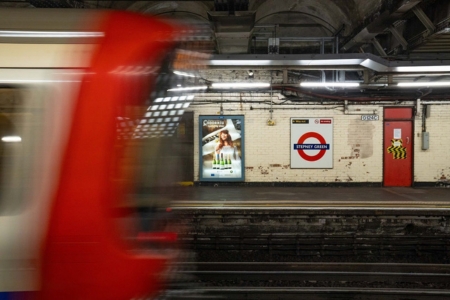
High Visibility Among Commuters
Ads in transit spaces are big, bold, and hard to ignore. Whether inside a train or wrapped around a bus, they stand out in busy areas.
Cost-Effective Compared to Other Ads
TV ads are expensive. Online ads can be skipped. But transit advertising stays in public view for weeks or months at a lower cost.
Keeps Brands in People’s Minds
Seeing an ad every day on the same bus route helps people remember a brand. This repeated exposure leads to stronger brand recognition.
Challenges in Transit Advertising and How to Handle Them
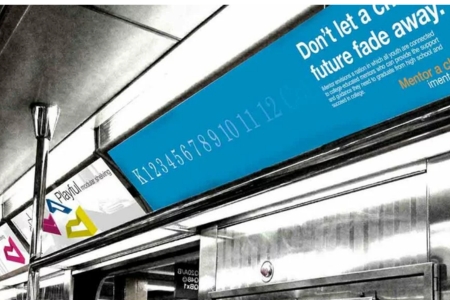
Rules and Regulations
Cities have laws about where ads can go and what they can show. Businesses must check local transit rules to avoid issues.
Standing Out in a Crowded Market
With so many ads everywhere, it’s easy to get lost in the noise. The key is to use eye-catching designs, strong messages, and unique placements.
Keeping Up with Changing Trends
People’s habits change, and so do ad strategies. Updating designs, testing different formats, and using commuter data help keep ads fresh.
What’s Next for Transit Advertising?
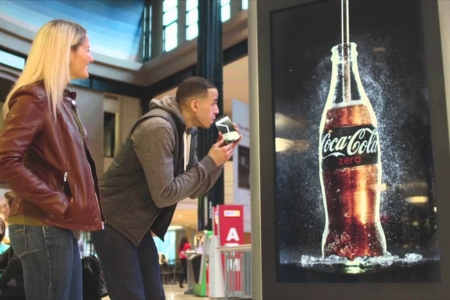
Transit advertising is set to become even more advanced and personalized.
New Technology in Transit Ads
- Augmented Reality (AR) – Commuters can scan ads with their phones for interactive experiences.
- Artificial Intelligence (AI) – Helps show the right ads at the right time.
- Faster digital updates – 5G allows instant changes to ad content.
Using Data for Better Ads
More businesses will rely on commuter data to improve their ads. By tracking what works and what doesn’t, they can make smarter ad choices.
Conclusion: Why Transit Advertising Still Works
Transit advertising has changed from simple posters to eye-catching ads that people see every day. It reaches thousands, stays visible longer, and costs less than many other ads. As cities grow and more people use public transport, it remains a smart way to advertise.
Brands that focus on good locations, creative designs, and sustainable advertising will stay ahead. For businesses wanting to reach commuters, it’s a must. Excellent Publicity, a top advertising agency, helps brands get the best results with expert planning. If you need an advertising agency that delivers real impact, we’re the right choice.
Contact the experts at Excellent Publicity for more.
FAQs
Transit advertising uses buses, trains, taxis, and transit stops to display ads. It works well because people see these ads daily, leading to repeated exposure. It’s also affordable and hard to miss. Whether on a moving vehicle or at a busy station, these ads catch people’s attention.
Transit advertising is changing with digital screens, GPS ads, and interactive features. Brands can now show different ads based on location or time, and track how well they perform. Technology makes ads more engaging and helps brands reach people in new, exciting ways while they’re on the go.
Yes! Sustainable advertising is becoming common in transit with eco-friendly practices. Electric buses, recyclable wraps, and solar-powered stations reduce the environmental impact. Instead of using paper, which leads to waste, transit ads use reusable materials, allowing brands to promote while being kinder to the planet.
Commuter advertising reaches people on their daily travels. It’s affordable, and with constant exposure, it helps people remember the brand. Commuters have time to notice ads, so they’re more likely to engage with them, leading to better brand recognition and increased chances of making a purchase.
Brands can track transit advertising success with QR codes, special links, or surveys to see how many people interact with the ad. They can also track social media mentions or use GPS to monitor how far the ad reaches. These tools help brands know what’s working and adjust their strategy.


